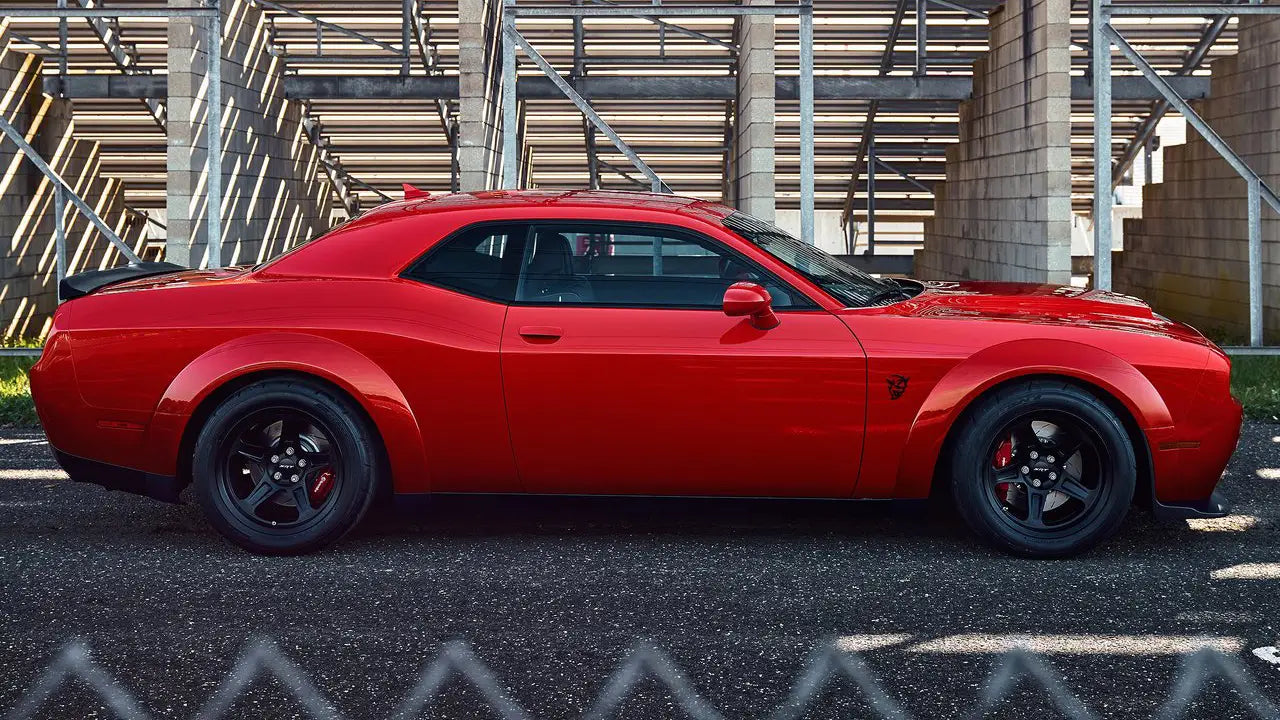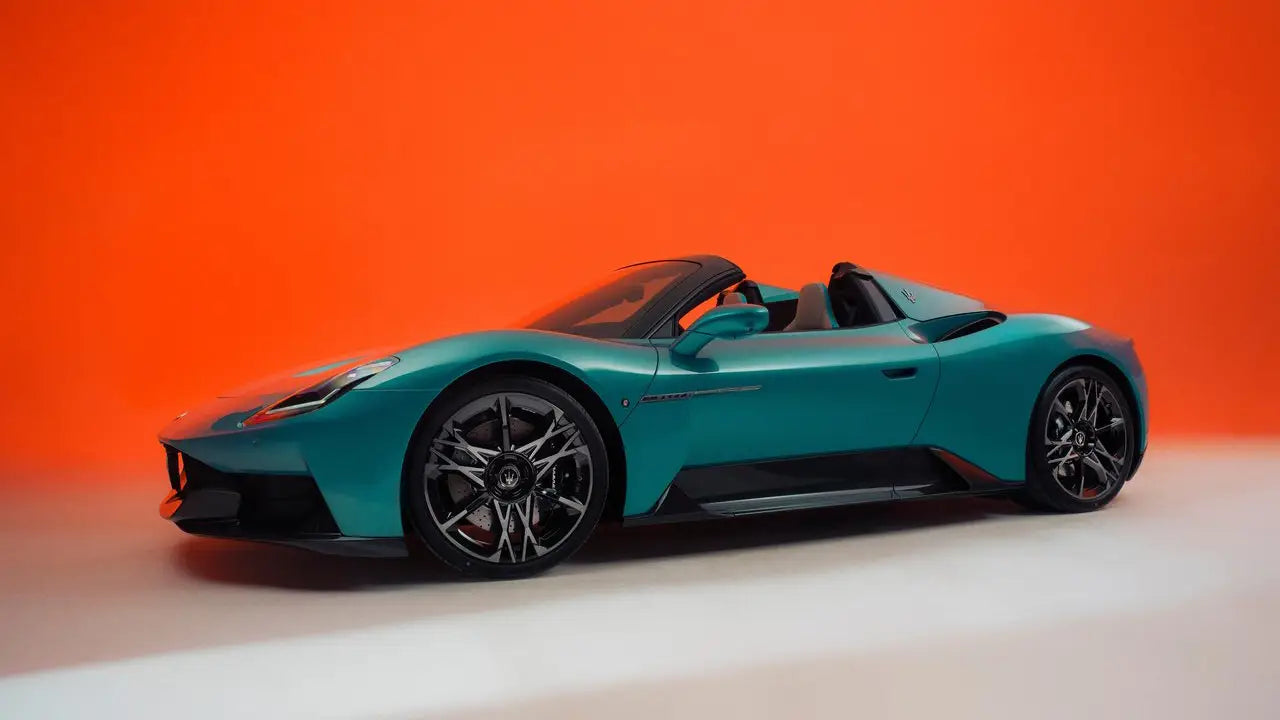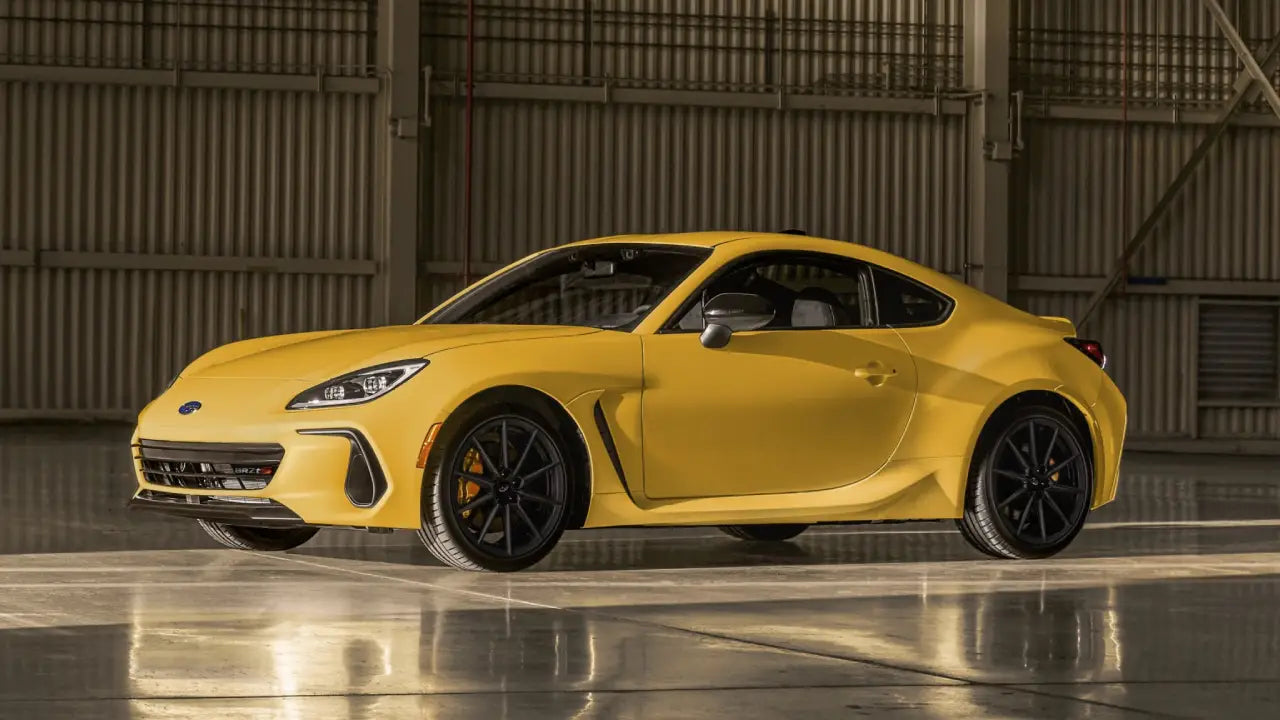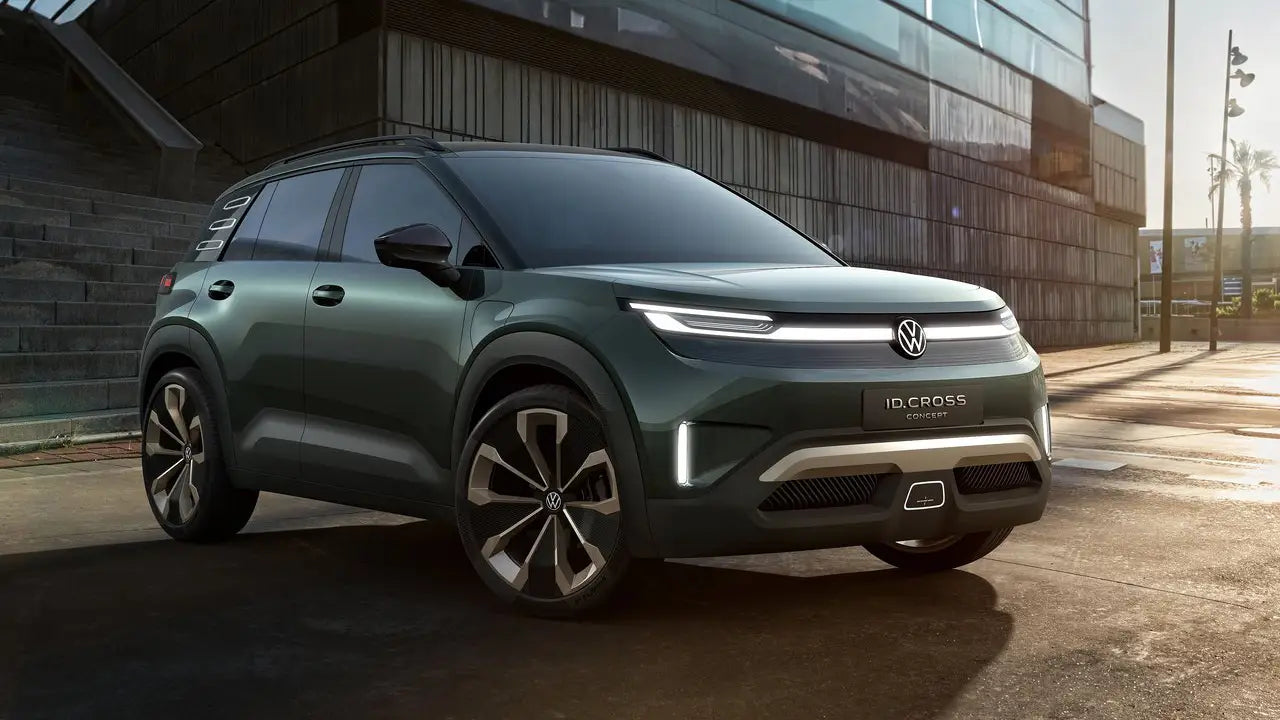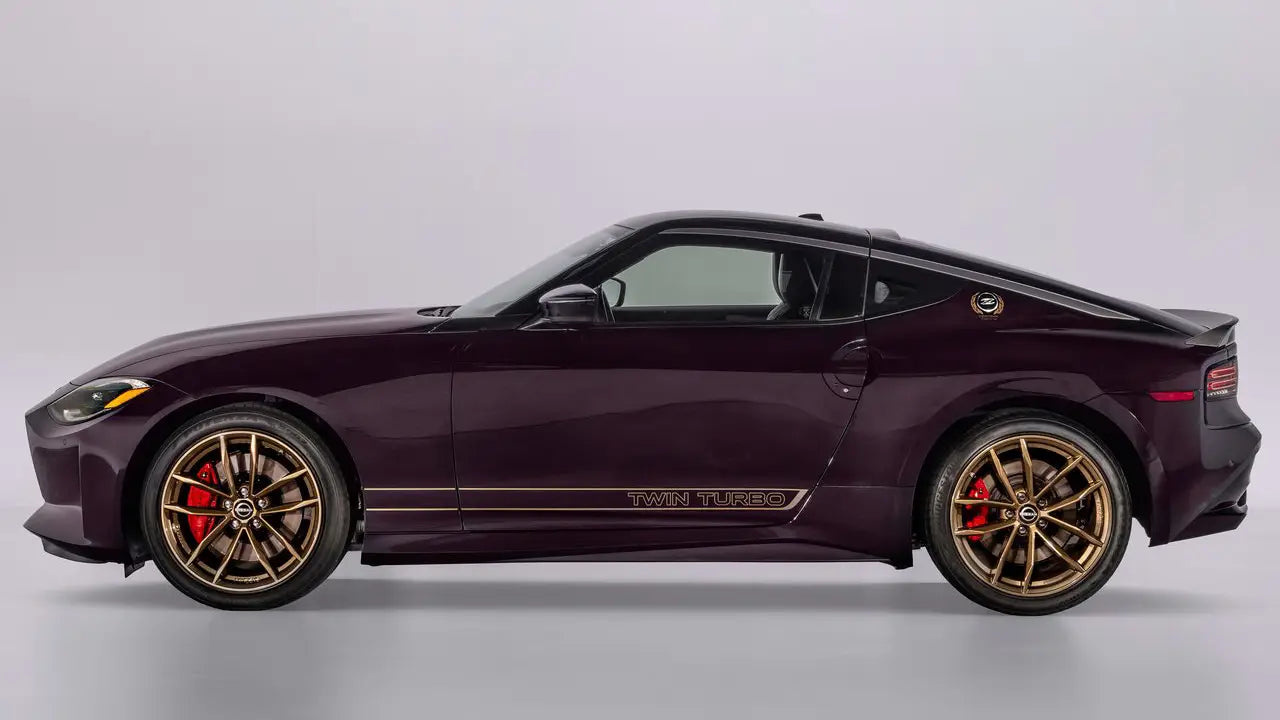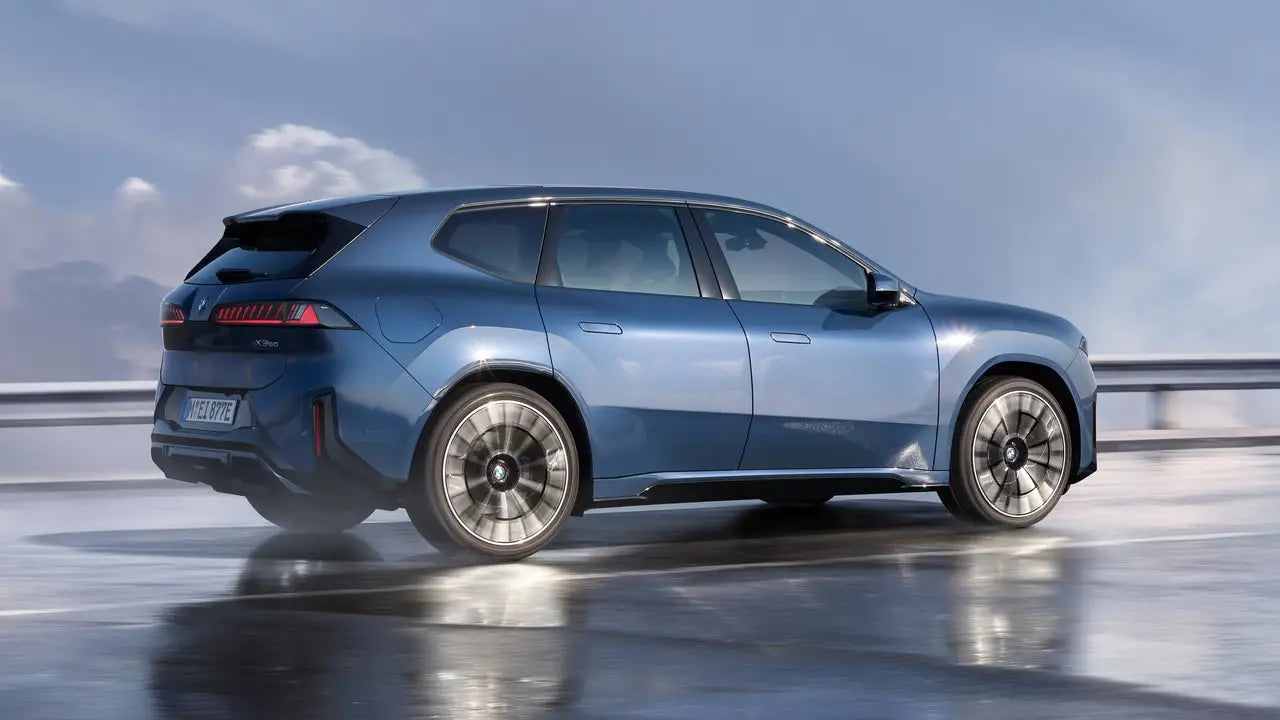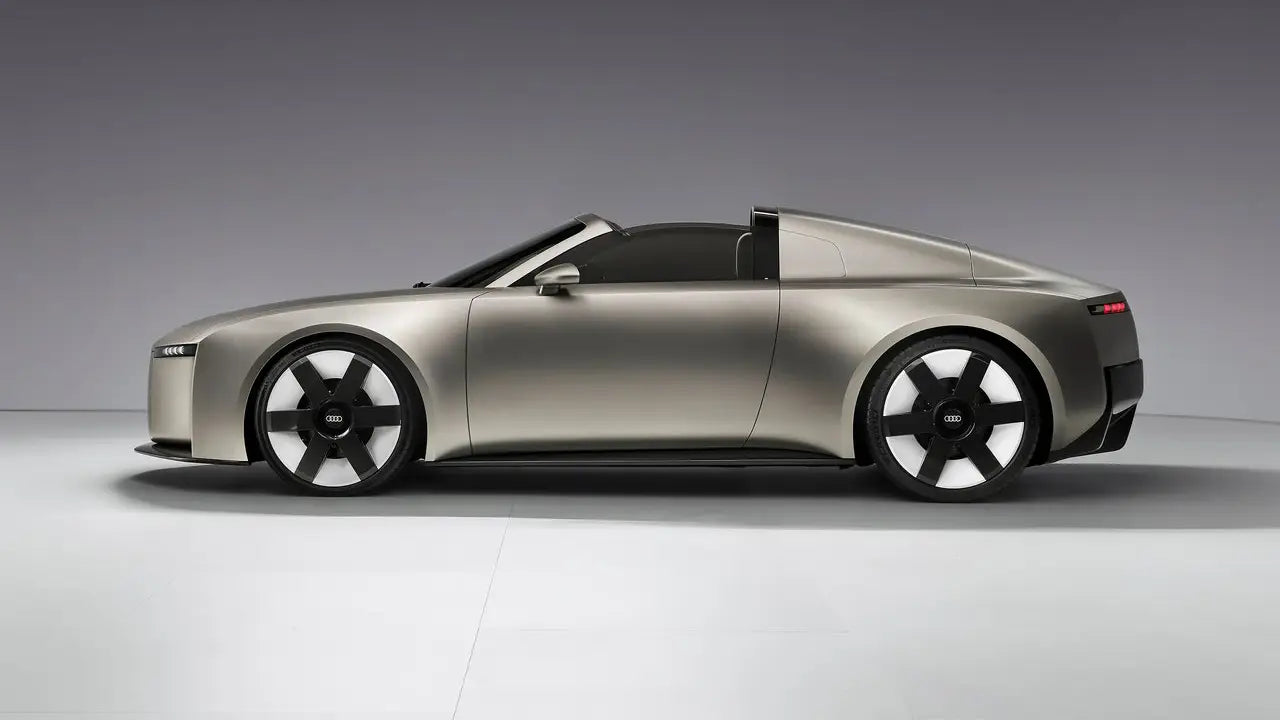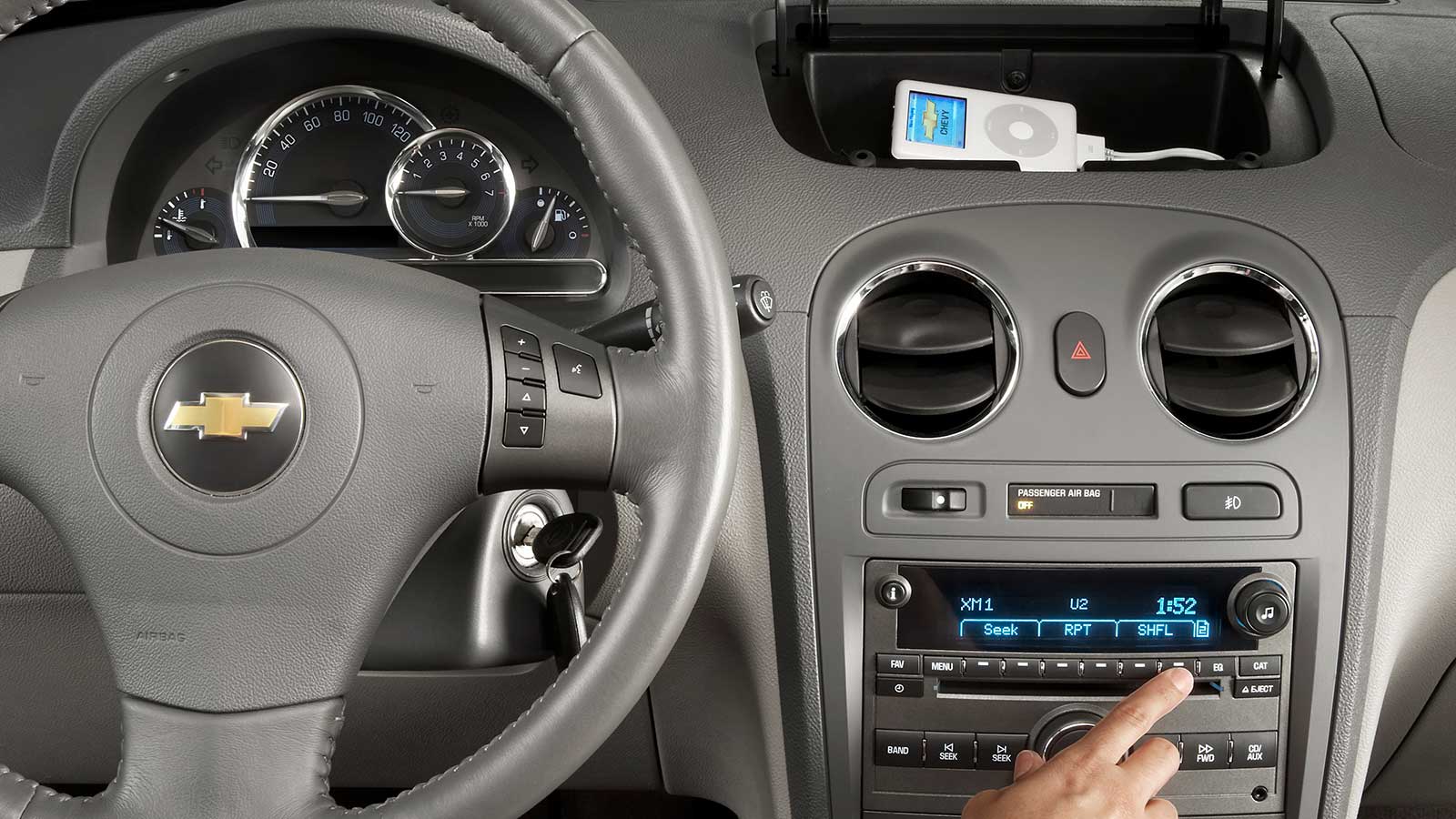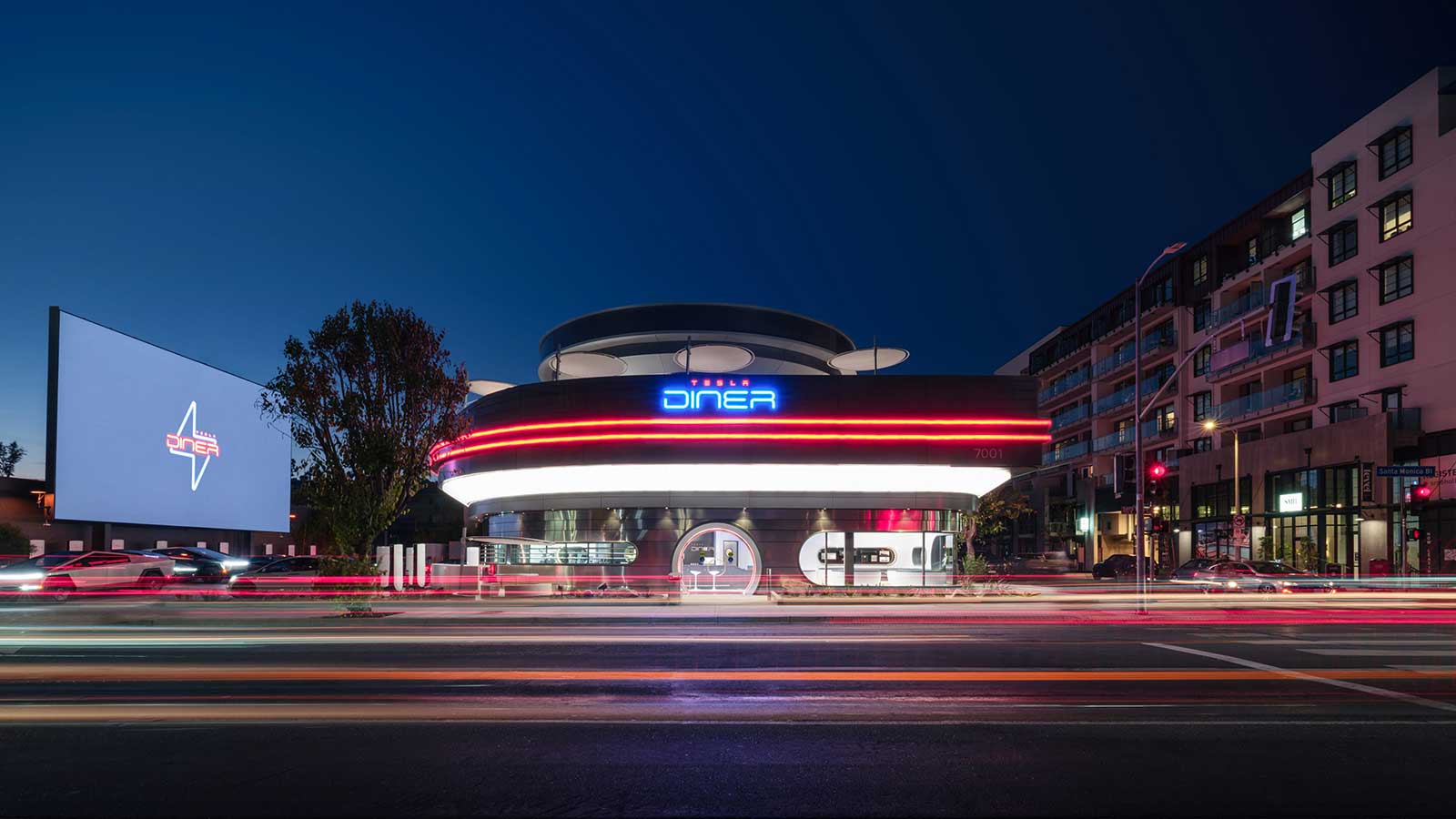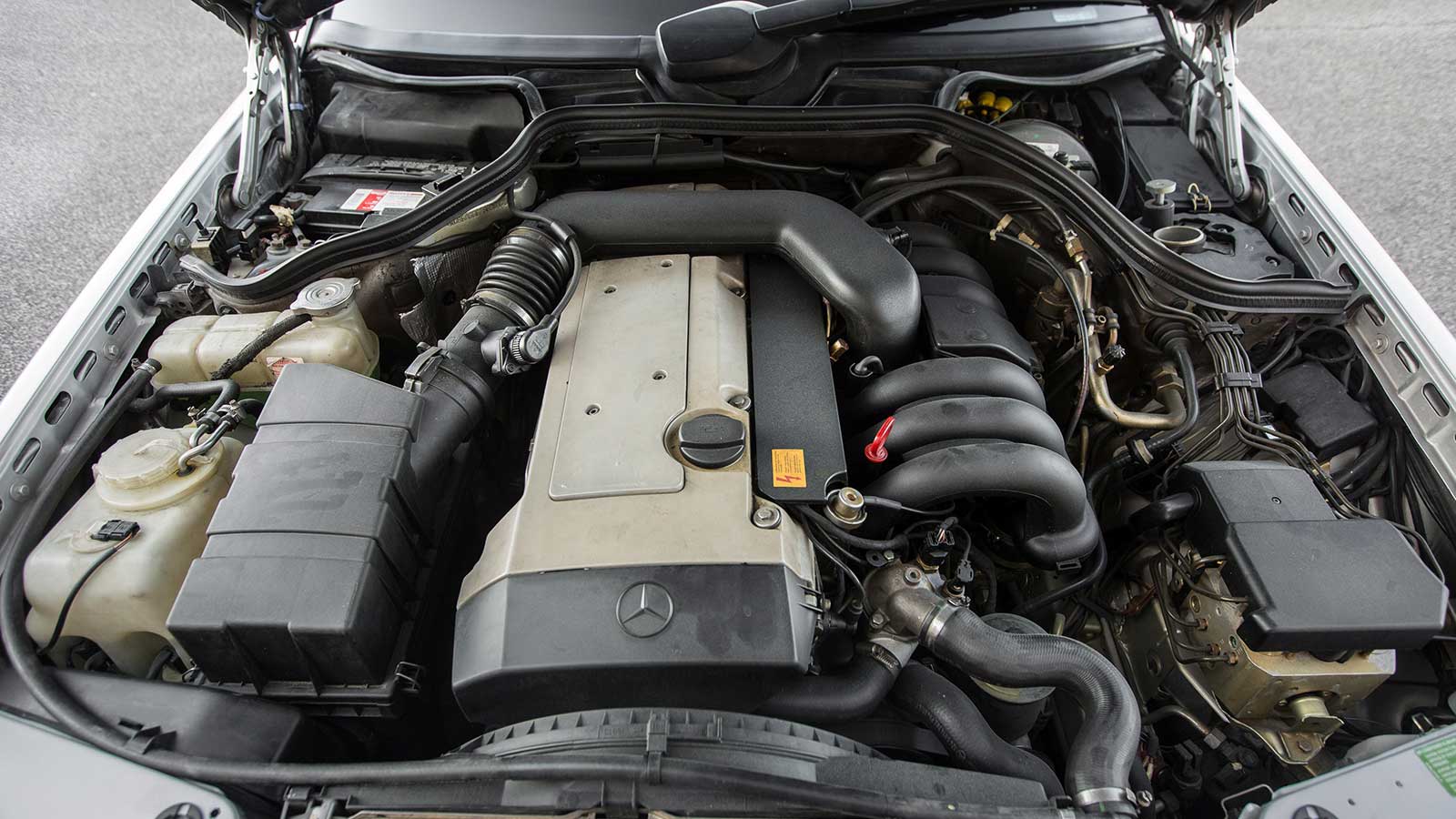Every muscle car fan knows the Mopar name comes with heritage, horsepower, and a culture all its own. But when you dive into that world, you’ll hear two terms that spark endless debates at car shows, swap meets, and forums: A-Body and B-Body. These weren’t marketing gimmicks; they were Chrysler’s internal platform codes. Yet today, they’ve become badges of identity. Knowing the difference is like understanding the DNA strands that built the Mopar legend. Let’s learn what separates A-Body Mopars from B-Body Mopars.
What Made the A-Body Mopars Special
The A-Body made its debut in 1960 with the Plymouth Valiant, kicking off Chrysler’s compact platform. Wheelbases typically ran from 106 to 111 inches, which made these cars smaller, lighter, and cheaper to buy than their bigger brothers. The early A-Bodies were sold as sensible transportation; sedans, wagons, even convertibles, but they had hidden potential.

That potential came to life in cars like the Dodge Dart, Plymouth Duster, and Dodge Demon. These weren’t the biggest or loudest Mopars, but were nimble and surprisingly capable. With less weight to lug around, they could hang with bigger muscle cars once fitted with the right powertrain. They became the hot-rodder’s platform; affordable to buy, easy to wrench on, and perfect for drag racing on a budget.

The Birth of the B-Body Mopars
Two years after the A-Body arrived, Chrysler launched the B-Body in 1962. This was the midsize platform, and it set the stage for some of the most legendary muscle cars ever built. Wheelbases stretched from 115 to 118 inches, giving them a bigger presence on the road and room for Chrysler’s monster engines.

The roster reads like a Mopar Hall of Fame: Dodge Charger, Plymouth Road Runner, GTX, Super Bee, and the NASCAR-bred Superbird and Daytona. These weren’t just cars but rolling statements of raw American muscle. With available big-blocks like the 383, 400, 440, and the legendary 426 Hemi, the B-Bodies were built to intimidate. On the street or the track, they were brawlers that left no doubt about who ruled the stoplight wars.

Personality Over Sheetmetal
The fundamental difference between these platforms isn’t just about inches of steel. It’s about personality. A-Bodies were the underdogs, smaller and cheaper, but always ready to be transformed into something wild with a bit of wrenching. They were practical hot rods, fun per-dollar machines that could surprise anyone who underestimated them. B-Bodies, on the other hand, carried a different kind of aura. They were Mopar’s theater: louder, heavier, flashier, and often far more expensive to buy, maintain, and collect.
Collectibility and Value
Fast-forward to the modern collector market, and the divide still holds. B-Bodies are the kings of the Mopar scene. Chargers, Road Runners, and GTXs fetch top dollar at auctions, especially if they have big-block or Hemi power under the hood. They’re cultural icons, and their prices reflect that.

A-Bodies, meanwhile, remain the smart buy. They’re more affordable, easier to find, and often serve as a gateway to Mopar ownership. Many enthusiasts build restomods out of A-Bodies, dropping in modern Hemi engines to create lightweight rockets that surprise anyone who underestimates them. They might not have the same poster-car fame as B-Bodies, but they offer some of the best fun-per-dollar in the muscle car world.
The Legacy of Two Platforms
At their core, A-Bodies and B-Bodies represent two sides of Mopar’s DNA. The A-Body was the clever, scrappy fighter; lightweight, underrated, and adaptable. The B-Body was the muscle car in its most iconic form: big, brash, and unapologetically loud. Both played a crucial role in shaping Chrysler’s performance legacy, and both still inspire loyalty decades later.
So what separates them? Size, sure. Wheelbase and weight, absolutely. But it’s more than that. The A-Body carried the DNA of rebellion, giving everyday drivers an affordable taste of speed. The B-Body carried the DNA of dominance, cementing Mopar’s place in muscle car history with the kind of presence that turned every street into a stage. Together, they tell the full Mopar story: two platforms, one legacy, and a culture that refuses to fade.

